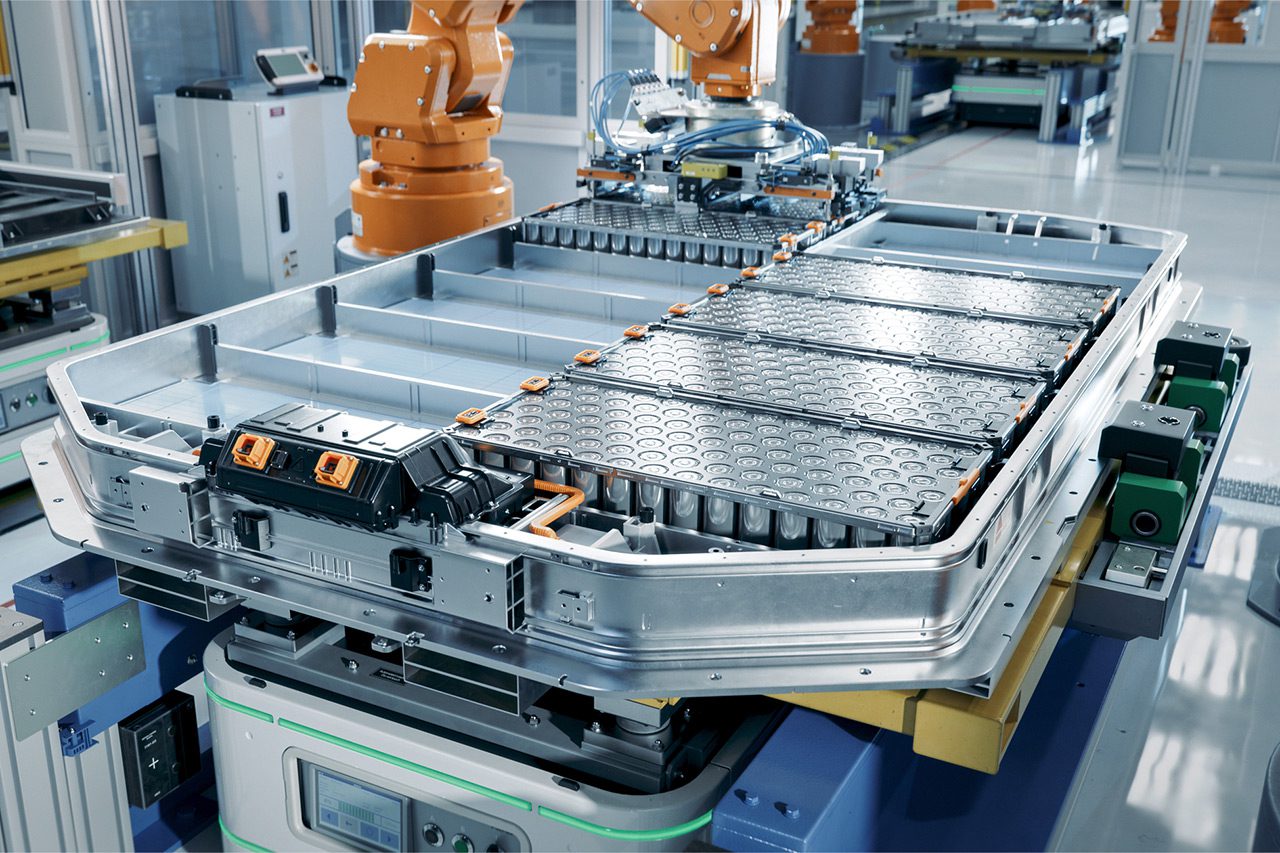Innovation with Purpose: Our Sustainability Success Stories
Explore how our expertise in cleantech verticals has strengthened the business case for green investments in global markets. These stories represent more than successful projects; they demonstrate how strategic cleantech innovation creates lasting value.
750+
Cleantech businesses launched
1000+
Customer and industrial partnerships formed
£2bn+
Investment secured for innovations
300+
Patent applications
2000+
Jobs created
30%
Time-to-market acceleration for clean technologies
Case Study Library
2025
2024
2023
2021
2020
Climate Finance
Demand-led Innovation and Pull mechanisms
Events
Innovation Acceleration
Innovation Networks and Partnerships
Innovation Strategy
Market Research
Corporate
Entrepreneur
Investor
Public Sector

Mapping of UK Battery Innovation Landscape

Transport, Industrial and Commercial Refrigeration (TICR) decarbonisation pathways

Commercialisation of Sharp’s Hybrid Renewable Heating Solution

Developing Innovative Blended Finance Models to Accelerate Climate Tech Investment

Exploring Thermal Energy Storage in UK Heat Networks

Rare Earth Element Magnet Manufacturing

UKRI Innovation Ecosystem Events

